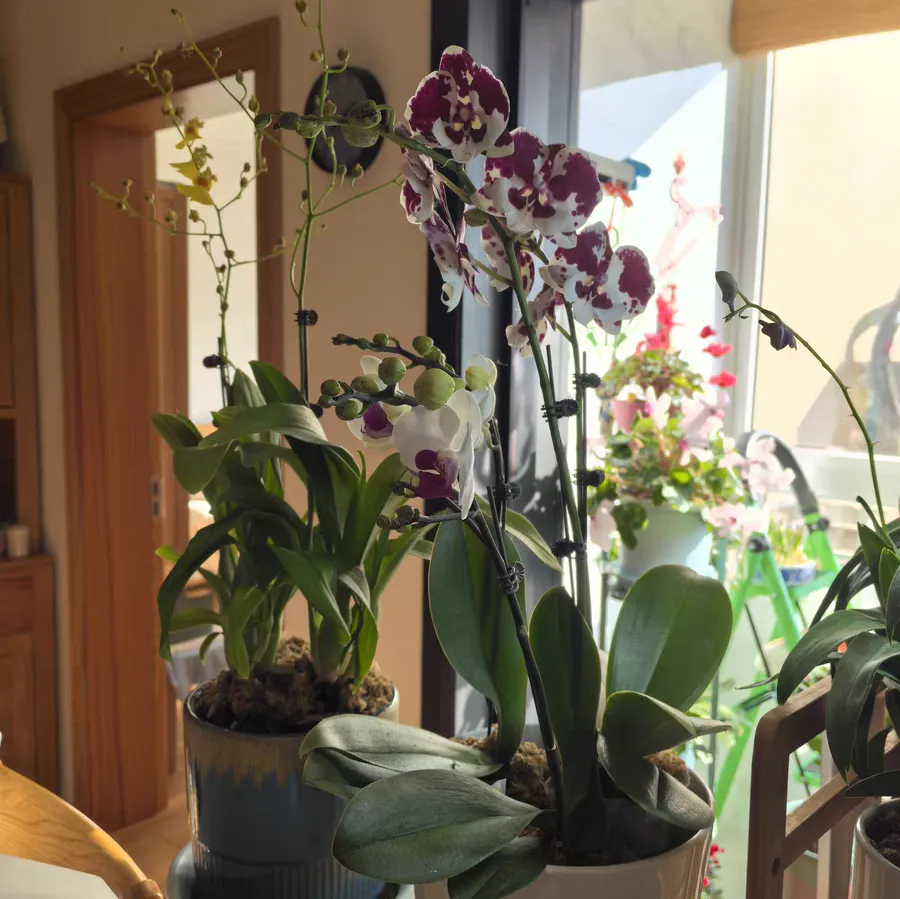Aromatic plants, in a broad sense, refer to those plants that can be used to extract and prepare fragrant raw materials. They usually contain volatile components and have multiple functions such as fragrance, medicinal (health preservation) and edible uses. This includes but is not limited to categories like fragrant herbs, fragrant flowers, fragrant fruits, fragrant vegetables, fragrant trees and fragrant vines. In China's rich treasury of aromatic substances, many aromatic plants are both fragrant raw materials and medicinal raw materials, so there is the saying that "fragrant and medicinal substances have the same origin".
Dracocephalum moldavica: Dracocephalum moldavica, also known as mountain mint or mountain fragrance, is a good ornamental plant. Its corolla is lip-shaped, bluish-purple, small and natural, emitting a sweet fragrance all the time, so it got the nickname "the master of sweet fragrance". It is not only a commonly used medicinal plant among ethnic groups in China, but its dried and mature fruits, namely the seeds of Dracocephalum moldavica, also have the effects of nourishing both the heart and the brain, refreshing the mind, relieving pain and suppressing cough. In home gardening, Dracocephalum moldavica is suitable for being planted on balconies, in courtyards, in health care institutions and schools, etc., adding a touch of fun to life while also having practical value.
Chamomile: Chamomile, also known as bitter artemisia, mountain chrysanthemum or wild sweet chrysanthemum, is one of the nectar plants. In late autumn, the golden-yellow petals of chamomile flowers cover the mountains and plains. The flower color is elegant and the fragrance is delicate, attracting a large number of bees to collect honey. Chamomile can be used not only for making tea but also as an ingredient for making soups, stir-frying dishes and fillings, with a fragrant and slightly bitter taste. Meanwhile, chamomile can also be used as medicine and has a regulating effect. In the field of horticulture, chamomile is suitable for various landscape arrangements such as balcony potted plants, courtyard planting, gardens and fragrant gardens, adding a touch of elegance to the environment.
Plectranthus hadiensis var. tomentosus: Plectranthus hadiensis var. tomentosus inherits the coolness of mint and also has the characteristic that it can emit an apple fragrance when touched. Its leaves can be used for making tea, soaking in wine, and also for cooking, making soups, stir-frying dishes and making cold dishes. Plectranthus hadiensis var. tomentosus also has the effects of refreshing the mind and repelling mosquitoes and insects, and is an excellent choice for indoor potted plants. Its maintenance is relatively simple. It likes a sunny environment, and the suitable growth temperature is between 20 and 30 degrees Celsius. Follow the watering principle of "watering when the soil is dry and stopping when it is wet", and apply diluted liquid fertilizer once a month. Plectranthus hadiensis var. tomentosus is suitable for being placed on balconies, in courtyards, in ecological restaurants and in fragrant gardens, etc., adding a touch of life atmosphere.
Lavender: There are many varieties of lavender, among which Lavandula angustifolia and Lavandula latifolia are highly praised. Lavandula angustifolia has purple flower spikes, strong growth ability, is resistant to pruning, and has beautiful leaf shapes and flower colors, noble and elegant. Its flowers can enhance the flavor of jams, are suitable for making pastries and herbal tea, and because of its high oil yield, it has the effects of calming the nerves and helping with sleep. Lavandula latifolia belongs to the original lavender. Its leaves are relatively wide, and its flower stems and flower spikes are relatively long. The whole plant has a strong fragrance. The flowers of Lavandula latifolia contain aromatic oil and are an important raw material for formulating cosmetics and soap fragrances. Lavender is suitable for various application scenarios such as potted plants, courtyard planting, fragrant gardens, health care institutions and flower beds, adding a touch of romance and mystery to the environment.
Aromatic plants not only have practical value but also ornamental value. Varieties such as Dracocephalum moldavica, chamomile, Plectranthus hadiensis var. tomentosus and lavender, each with their unique forms and fragrances, add infinite charm to our living environment.
What are aromatic plants?

Share with
Tagged in :




Leave a Reply